Can fake galls attract real helpers?
In their recent paper “Introducing 3D-printed oak galls as artificial nests for arboreal ants, with first results on leaf damage reduction on olive trees“, Daniele Giannetti, Enrico Schifani, Marco Saccomano and Donato A. Grasso investigate the effect of 3D-printed oak galls on the presence of arboreal ants. This (Re)view highlights their main findings and discusses possible implications for future developments in pest management.
(Re)view by Laura Campbell
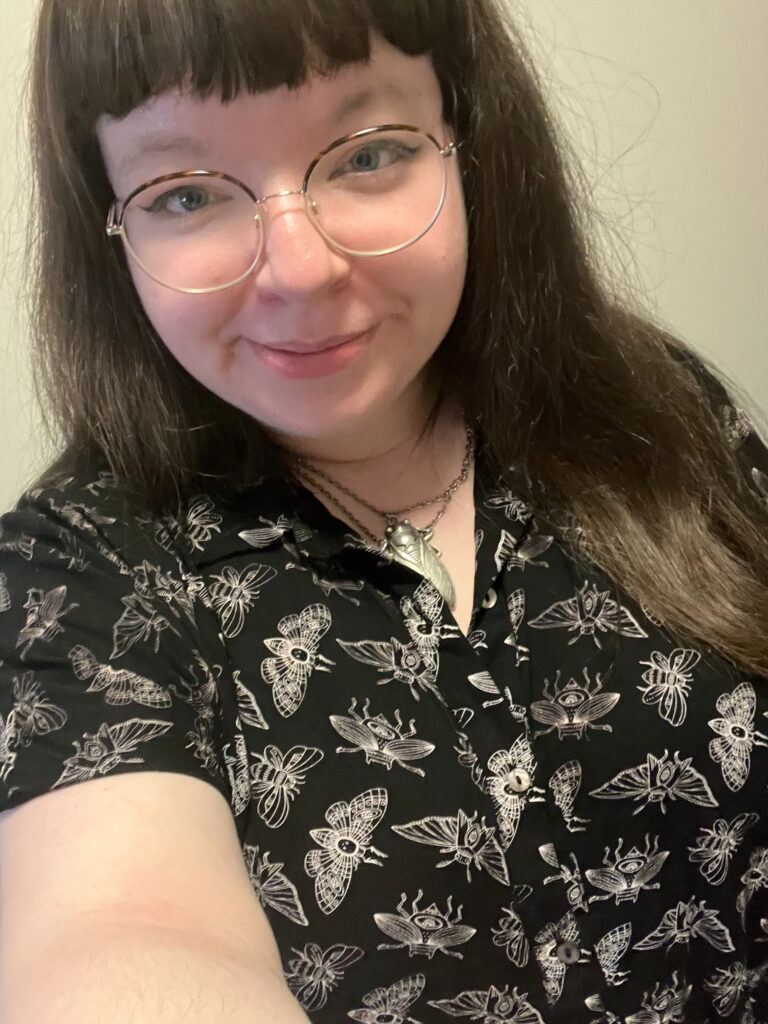
Edited by Alice Laciny and Salvatore Brunetti
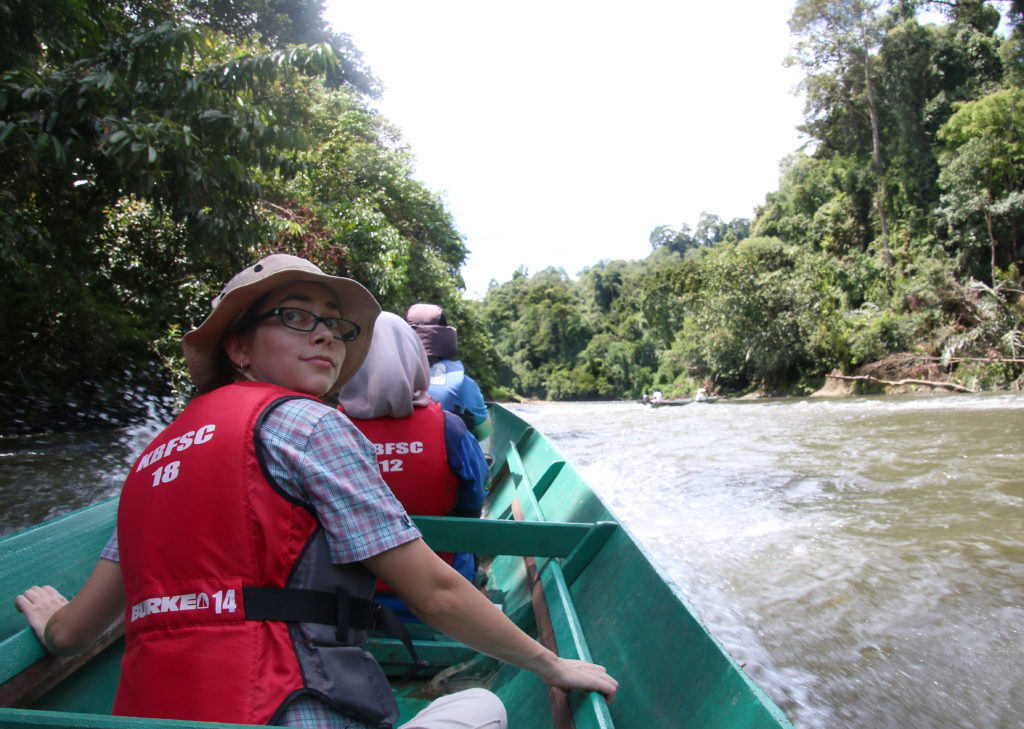

Crop pests can often have catastrophic effects for farmers in terms of economic costs and even impact food security in the most severe cases. As a result, we have developed many compounds to manage crop pests which, in turn, have had severe detrimental effects on wildlife. We therefore need to strike a balance between protecting our crops and protecting nature. Thankfully, we can learn a lot from naturally occurring phenomena, as Giannetti et al. demonstrate in their recent work.
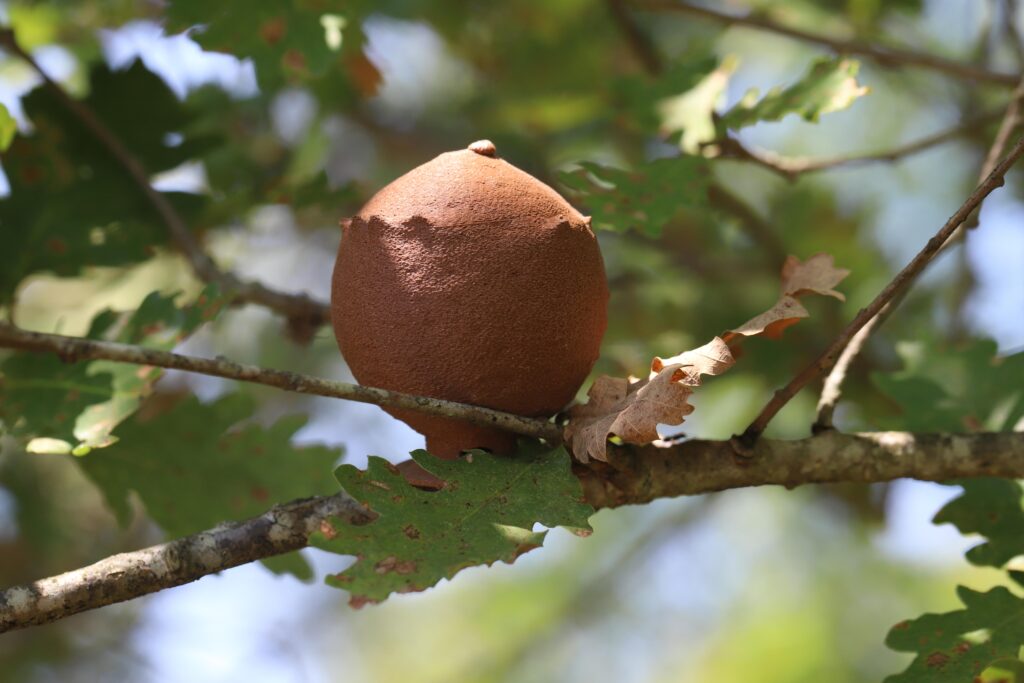
Galls (Fig.1) – structures produced by plants in response to parasitic attack, usually by insects – are costly for the affected plants. However, galls induced by the wasp Andricus quercustozae are often secondarily occupied by arboreal ants. The plants appear to benefit from the presence of ants in similar ways to many domatia-bearing myrmecophytes (plants that produce derived structures, such as leaves and stems, that house ants) – due to the ability of aggressive ants to deter herbivores. On the other hand, ants can also be costly if the colony engages in an additional mutualism with sap-sucking hemipterans (e.g. aphids).
To test the effect of gall occupation by ants, Giannetti and colleagues developed model oak galls, based on 3D scans of A. quercustozae galls, produced via 3D printing using biomaterials derived from fir wood lignin. At several sites in Italy, artificial galls were introduced to oak trees in an urban environment as well as olive trees in an agricultural environment.
The models produced by Giannetti and colleagues (Fig 3.) are strikingly similar in shape to natural galls produced by A. quercustozae and it appears that local arboreal ants agree, with over 90% of the 3D-printed galls being colonised by Crematogaster scutellaris, Colobopsis truncata, Dolichoderus quadripunctatus, Temnothorax italicus and Camponotus fallax ants in a “natural” area and over 80% in an urban area.
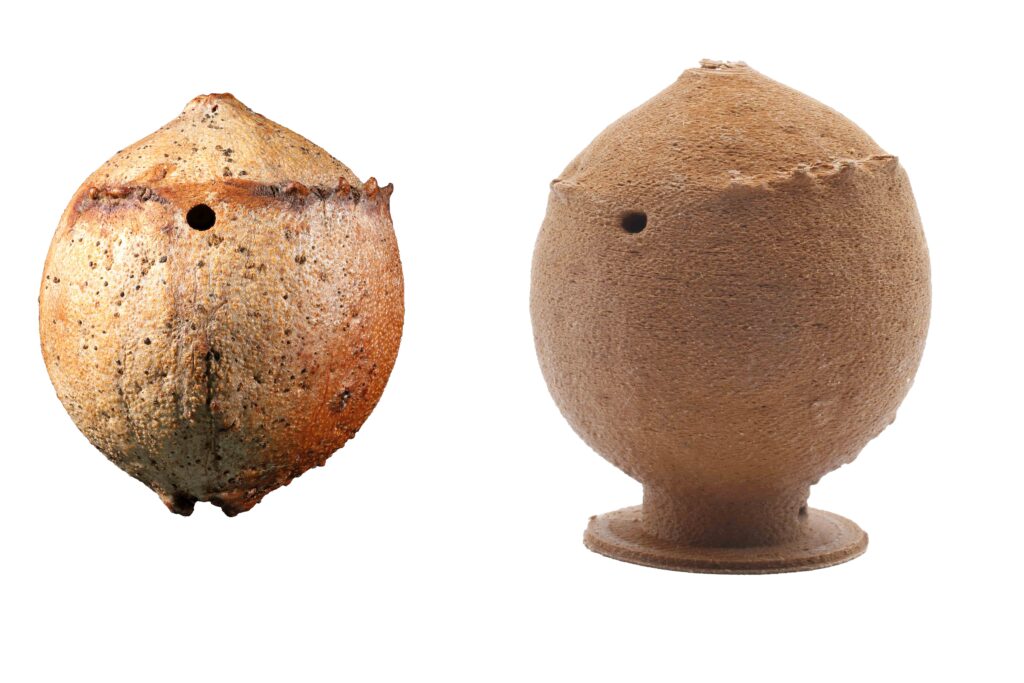
Then, the authors assessed the effect of ant presence on olive trees by introducing 3D printed galls already colonised by C. scutellaris to half of the experimental trees, while the other half of the trees had sticky barriers attached to prevent occupation by ants. The authors found a significant reduction in predation by phytophagous weevils Otiorhynchus spp. and the dipteran Dasineura oleae.

These results are promising as it is a simple, chemical-free intervention that seems highly unlikely to have significant effects on the surrounding ecosystem. The authors highlight that similar practices are carried out in tropical agroforestry, where farmers encourage the presence of beneficial ants with hollow sticks. It would be interesting to evaluate if 3D-printed structures, such as the artificial galls in this study, are more attractive to ants than simple sticks, and whether farmers could encourage specific species by choosing different structures, for example by creating artificial domatia.
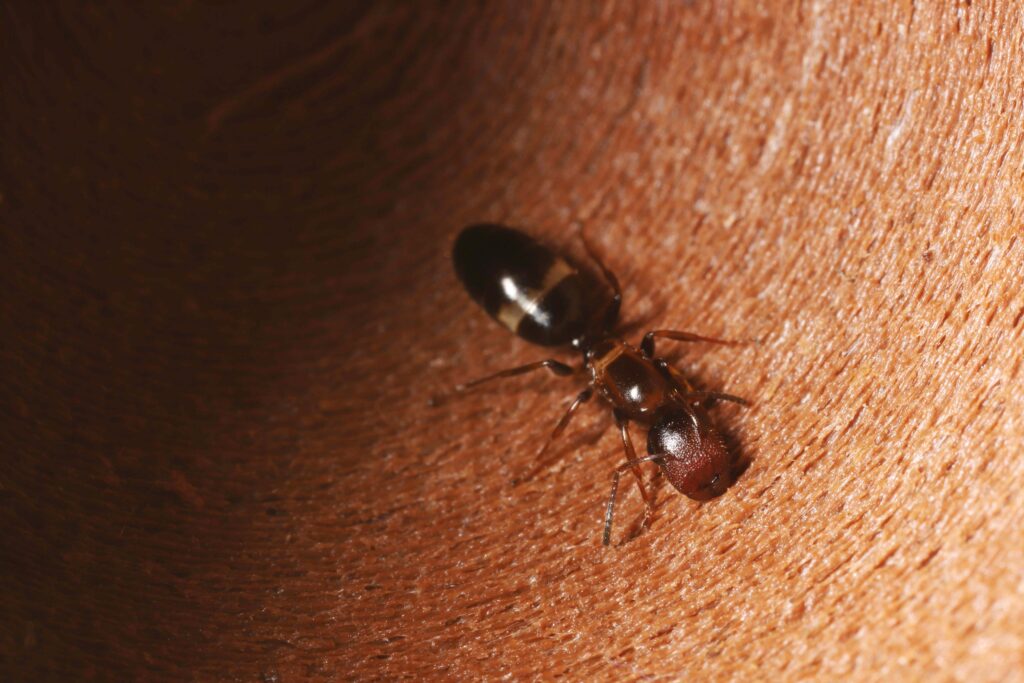


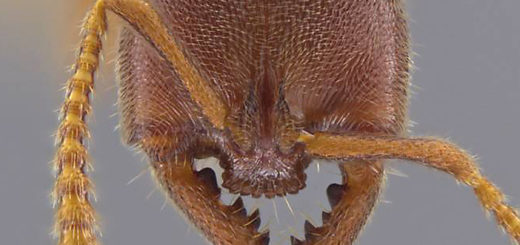
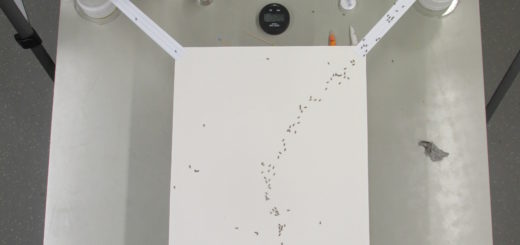

Hallo, the two ants are on the wrong photograph. Change them please. Thanks!
Thank you very much!!!
An interesting experiment, though I guess that for the protection of large trees much larger nests with large ant colonies will be necessary.
I have a question with respect to Lasius fuliginosus: In the text you write (p. 178): „We detected the presence of four incipient colonies of Lasius fuliginosus.“ Since the mated queens of this species are parasitic, penetrating nests of a host species (eg L. umbratus), and slowly replacing the host workers with own workers, I wonder what you understand as „incipient colonies“ here?
In Tab S3 for galls on the ground, without chamber, I read: 4 col. with only workers. For galls with chamber: total 2; with only workers: 2; and complete colonies: 2.
So I am uncertain whether you really have found L. fuliginosus colonies with queens? Or do you suggest that such queenless worker groups later could accept young L. fuliginosus queens?
With kind regards!